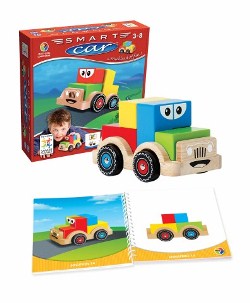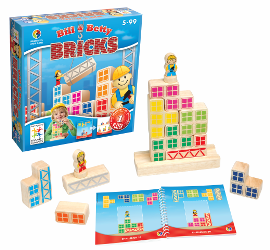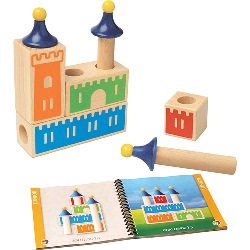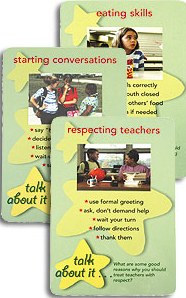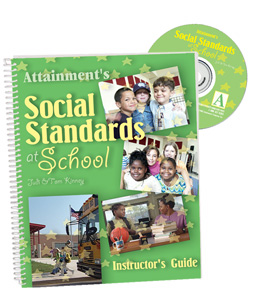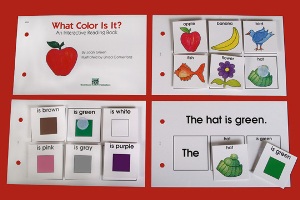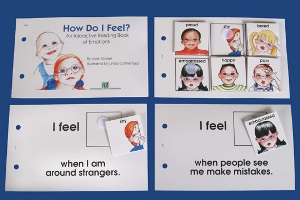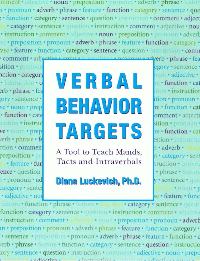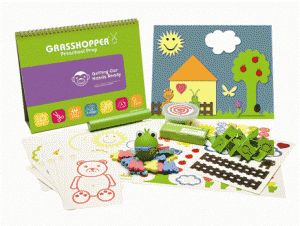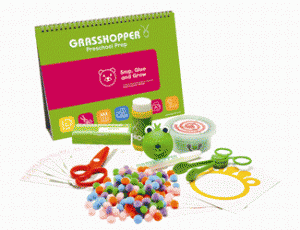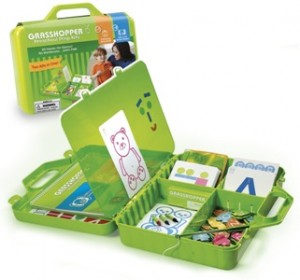In continuing our celebration of Autism Awareness Month, we’d like to share with you another article from our very own Sam Blanco, BCBA on how to modify games for learners with autism. Sam focuses on helping educators and parents understand how to thoughtfully integrate games, toys, and technology for students with autism and other developmental delays, and here she presents a few simple, yet effective, ways of adapting every day games and toys to meet the needs to students on the spectrum.
Ready Set Play! Strategies for Modifying Games
by Sam Blanco, BCBA
Choosing games for learners with autism can be quite challenging, especially when your goal is to provide social opportunities through playing games with peers or siblings. Sometimes you find a game that you think your learner will find highly motivated, only to discover there are aspects of the game that make your learner lose interest quickly. Here are a few tips to help modify games to meet the needs of your individual learner.

One of the easiest and best modifications you can make is to shorten the duration of an activity. Most of the games and activities you will find on this website take 10-15 minutes. For longer activities, I will set a timer and let the learner know that the game will last for 10 minutes (or less, depending on the learner) or allow the learner to choose the duration of the game. Also, though it may feel unnatural, (especially if your learner is engaging with you when he/she rarely does) I try to end the activity when the learner’s interest is at its peak. This will make the learner more likely to request or be interested in the activity in the future.
If the game is too difficult for the learner, you can do some of the steps for your learner. For example, for some of my early learners, I will complete one or more steps in the game Roll & Play. Some of my learners struggle with grasping the cards between their index finger and thumb. I can pick up the card for them, and then continue with the game. This allows us to maintain a quick pace in the game, maintain the learner’s interest, and continue the focus on the skills presented in the game. It’s important to remember that just because you are completing some of the steps, it does not make the game less valuable. Usually, I am practicing grasping objects in other activities and will eventually introduce it into the game, but I want to maintain focus on only 1 to 2 skills when I am teaching through games. Otherwise, the game can become very slow and less motivating for the learner.
Another easy modification is to simply remove some parts of the game. S’Match is a fantastic memory game that helps learners match items based on three components: shape, color, and number. For some learners, I remove the spinner so that I can introduce the game with just two components. I’ll either verbally tell the learner “This time, we’re matching by color,” or I’ll have a textual cue. This way, I can focus on the skills of matching, while making the game easier for learners who might struggle with the skill of remembering three different components of each picture in the memory game. Once my learner has mastered the game with matching by two components, I introduce the spinner and matching along all three components. (There are also games I play with my learners that just involve the spinner, which you can find here.)
Increase your expectations as quickly as possible. For each of my learners, I typically have two categories of games: Emerging and Mastered. With emerging games, the learner still requires modifications, but I am trying to fade those modifications and increase expectations as quickly as possible while still maintaining the learner’s interest and motivation to play the game. With mastered games, the learner is able to play the game as designed with peers or siblings and I can focus on social goals instead of game-related goals.
Games provide a wide array of opportunities to teach academic, non-cognitive, and social skills. Modifications such as those listed above can open up these opportunities for your learner in age-appropriate and fun ways.
Sam Blanco is a Board Certified Behavior Analyst and an ABA provider for students ages 3-12 in NYC. Working in education for ten years with students with Autism Spectrum Disorders and other developmental delays, Sam has developed strategies for achieving a multitude of academic, behavior, and social goals, by organizing resources in an easy-to-use way that also directly connects to data collection and increasing progress in learners with autism. She is the lead contractor for Theatre Development Fund’s Autism Theatre Initiative, working to modify Broadway shows such as The Lion King and Spiderman. She also provides workshops for professionals and parents about assessment, managing difficult behaviors, verbal behavior, and using games and technology effectively in teaching practices. You can follow Sam on Twitter: @SamBlancoBCBA.



